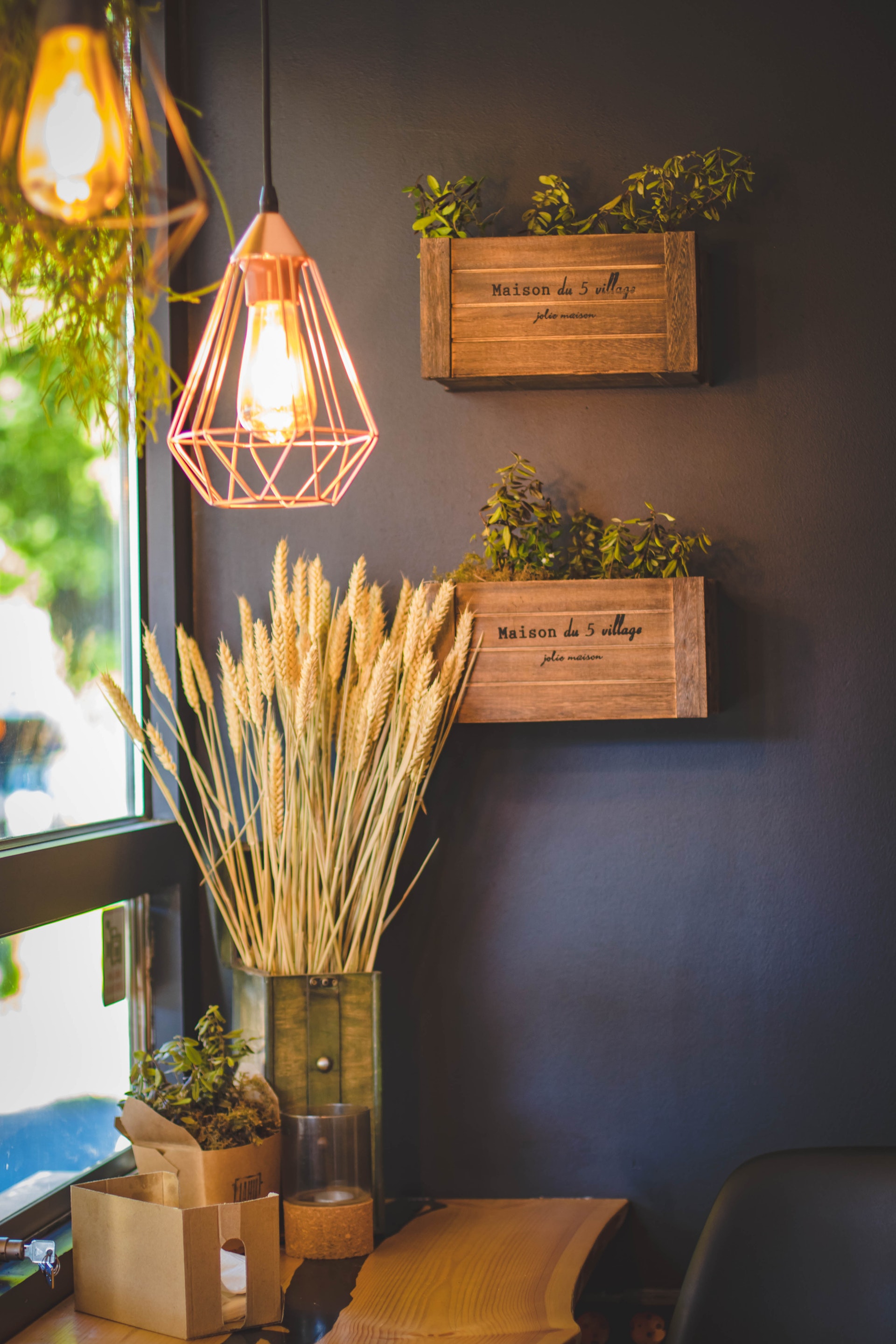
Many homeowners want to make their homes more environmentally friendly. This is partially driven by a sense of moral rightness. However, for many, it is also driven by a desire to cut down costs. Utility bills can be sky-high. Some investments today in improving your home’s “greenness” can net major returns down the right.
1) Caulk Cracks
As you may expect, your home’s draftiness affects how energy efficient it is. Many homes, especially older ones, have small cracks and other openings. Sealing these can have a significant effect on your home’s energy efficiency.
Look around your windows and doors for cracks and gaps. Then inspect your walls, especially near the ground and roof, for openings. Finally, seal up those holes with caulk or another filling material. This job can be done by even the most novice DIYer and can net some significant benefits right away.
2) Add a Programmable Thermostat
As another easy green project, switch your thermostat for a programmable one. You don’t necessarily need to invest in a fancy, internet-connected one. Simply having one that can be programmed with different temperatures based on the time of day can make a big difference.
Of course, you can also go all the way with a smart thermostat. Doing so can let you control your home’s temperature remotely. Some can detect when your phone is present and turn down the heating or cooling when you leave. This is an easy project for anyone and can pay off quickly in reduced electricity usage. That is good news for the environment and for your wallet.
3) Install Solar Panels
If you want to do something a little more complicated, consider installing roof solar panels. These can generate electricity for your home in a more environmentally friendly way. If you live in a very sunny area, they can also absorb some of the solar heat that would be simply heating up your home otherwise. So, they can help you be more energy efficient in two ways.
Depending on your electricity provider, you may be able to get a credit or even a check back if you produce excess energy. That is a pretty great deal.
If you don’t want to have electricity-generating panels, you can also heat your water using solar power. This simpler mechanism captures and directs the heat from the sun to heat your water.
4) Switch to a Tankless Water Heater
Do you have a water heater tank? Think of all that water you are keeping hot for when you eventually need it. Unsurprisingly, that is wasting a lot of energy. Not only are you paying to keep all that water heated but it is also likely being heated with fossil fuels courtesy of your electric company.
In other words, switching to a better system is a win-win. A tankless heater provides on-demand hot water, heating it using a heat exchanger. That takes much less energy to give you the hot water you want.
5) Install a Drain Heat Recovery System
Are you pouring money down the drain? If you let your hot water escape without capturing the heat from it, you are. A heat recovery system sits at the end of your drainpipe and collects energy. You can then use that energy to heat more water or generate electricity for your home. The environmentalism motto is “reduce, reuse and recycle.” Why not reuse your hot water energy?
6) Collect Rainwater
Setting up a system to reclaim rainwater may be simpler than you think. All you need to do is set up a collection at the bottom of your gutter. Then, simply filter out the larger contaminants such as leaves and dirt. You can use this water in your garden or for other cleaning needs. Alternatively, filter the water even more and use it as drinking water.
These strategies can help make your home eco-friendlier this year. Better yet, many of these DIY projects can be done with very little skill. Others can be done relatively inexpensively with professional help.

.png)